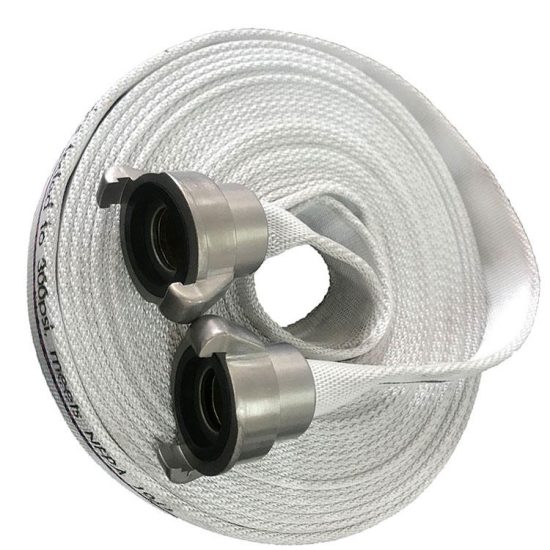Silicone hoses are widely used in various industries, especially in automotive, aerospace, medical, and manufacturing applications due to their unique properties. The science behind silicone hoses involves understanding the material properties of silicone rubber and how they contribute to the hose’s functionality:
- Silicone Rubber Composition:
- Silicone hoses are primarily made from silicone rubber, a synthetic elastomer derived from silicon, carbon, hydrogen, and oxygen.
- The silicone polymer structure gives it flexibility, durability, and resistance to extreme temperatures and environmental factors.
- Heat Resistance:
- Silicone hoses exhibit exceptional heat resistance, maintaining their properties in a wide temperature range from -50°C to 200°C or higher, depending on the specific formulation.
- This property makes silicone hoses suitable for applications where exposure to high temperatures is common, such as in automotive engines and industrial processes.
- Flexibility and Durability:
- Silicone rubber provides excellent flexibility, allowing hoses to bend and adapt to various shapes without losing their structural integrity.
- The material’s durability enables silicone hoses to withstand mechanical stress, pressure, and vibration, making them ideal for dynamic environments and applications requiring constant movement or handling.
- Chemical Resistance:
- Silicone hoses are resistant to many chemicals, oils, solvents, and environmental factors, making them suitable for applications where exposure to corrosive substances is expected.
- Insulation Properties:
- Silicone rubber possesses good electrical insulation properties, making it useful in electrical and electronic applications where insulation is required.
- Biocompatibility and Medical Use:
- Silicone hoses are biocompatible, hypoallergenic, and often used in medical devices, pharmaceutical production, and food processing where safety and non-reactivity with human tissues or consumables are essential.
Manufacturing Process: The manufacturing process for silicone hoses typically involves extrusion or molding processes. Silicone rubber is mixed with additives and catalysts to achieve desired properties like color, hardness, and resistance. The mixture is then formed into the desired shape through extrusion or molding and cured at elevated temperatures to achieve its final properties.
In conclusion, the science behind silicone hoses revolves around the exceptional properties of silicone rubber, including heat resistance, flexibility, durability, chemical resistance, and biocompatibility. These characteristics make silicone hoses a preferred choice in various industries where reliable and versatile hoses are required.

